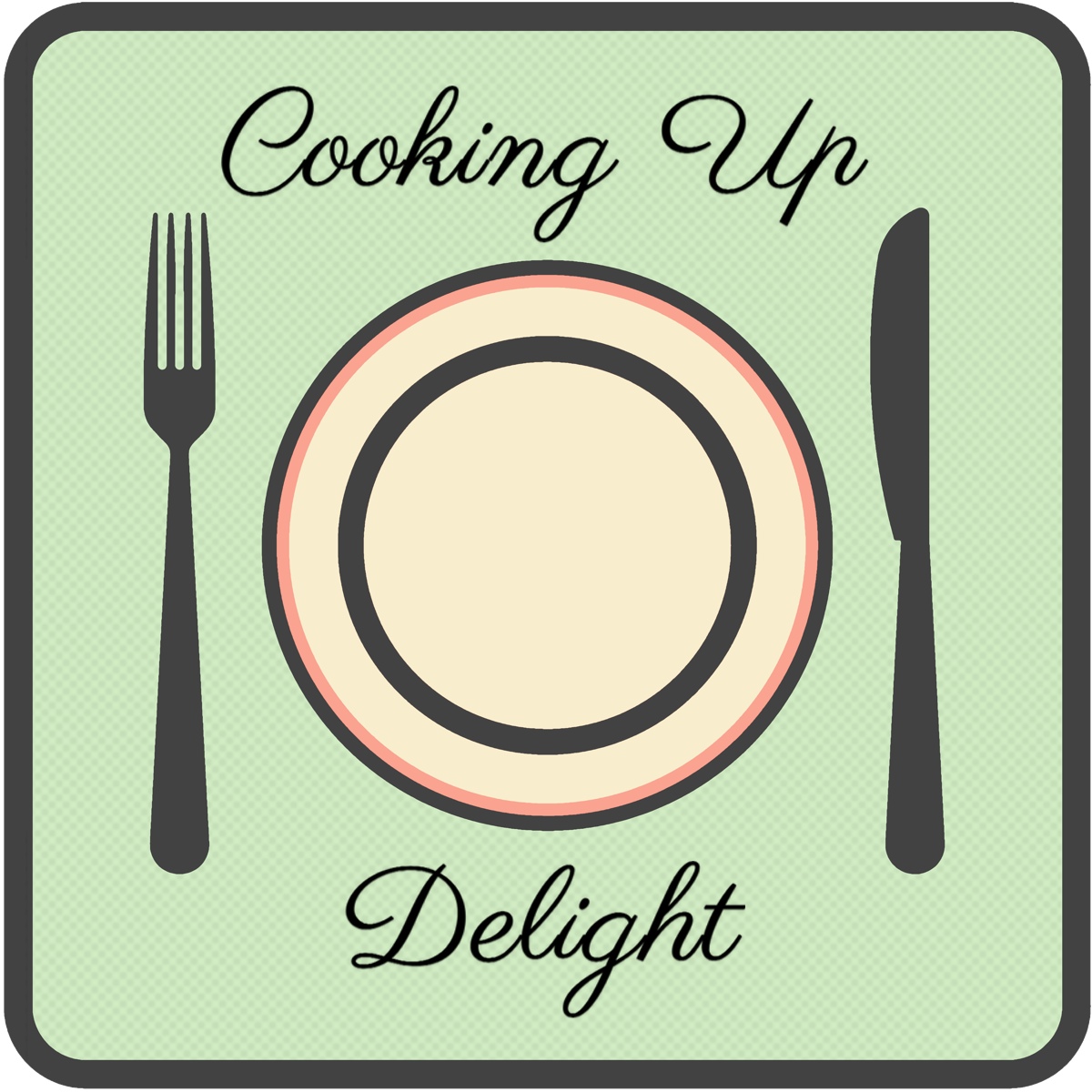Streets, Roads, and Stroads
 August 21, 2012 |
August 21, 2012 |  ∞
∞ Chuck Marohn, writing for the Strong Towns blog, has an interesting post on the third piece of public right of way typology, the park road. The post was good but what caught my interest was a summary of a TEDx talk he gave last year:
To review, a road is an efficient connection between two places. It is high speed and safe, which implies that it has limited access (intersections are inherently unsafe at high speeds) and highway geometries. It is essentially a replacement for the railroad which was, as its name suggests, a road on rails.In contrast, streets create a platform for capturing value. A properly designed street will maximize the value of the adjacent development pattern in ratio to the infrastructure investment within the public realm. To do this, auto traffic will be slow and will (equally) share space with other modes of transport, including pedestrians, bikers and transit alternatives.
A STROAD is a street/road hybrid. And yes, I have often called it the “futon of transportation alternatives”. Where a futon is an uncomfortable couch that also serves as an uncomfortable bed, a STROAD is an auto corridor that does not move cars efficiently while simultaneously providing little in the way of value capture. Anytime you are driving between 30 and 50 miles per hour, you are likely on a STROAD, which has become the default option for American traffic corridors. Cities wishing to be Strong Towns should have a active policy for reducing the amount of STROADS within the community.
Recognizing the different functions and characteristics of roads and streets is vital to creating great places. Roads are for movement. Streets are for life. Places people love are made up of streets. Roads connect places with each other.
Here is the TEDx talk introducing the concept:

Reader Comments